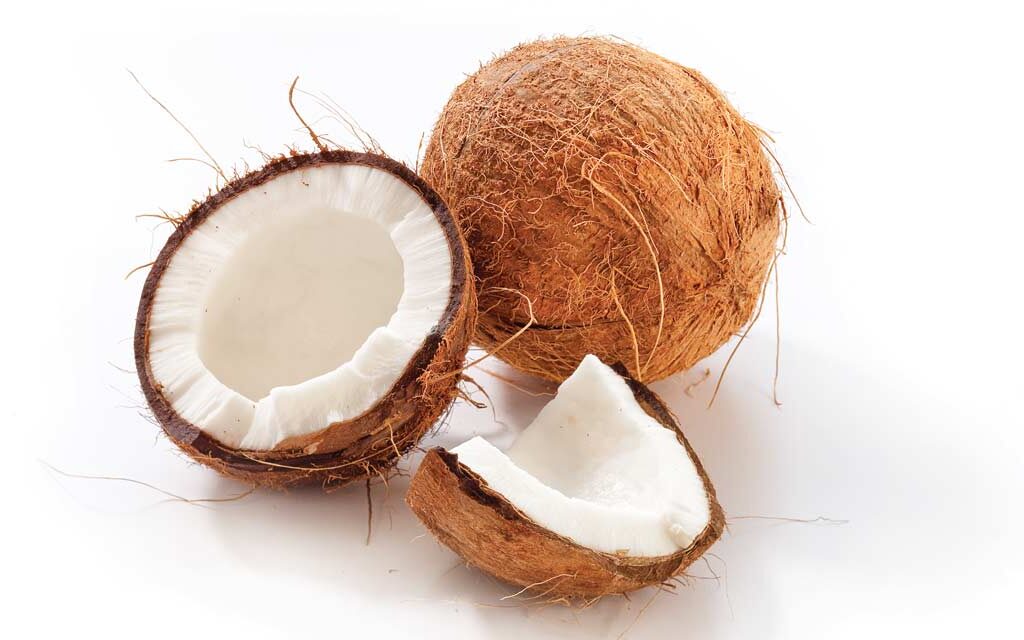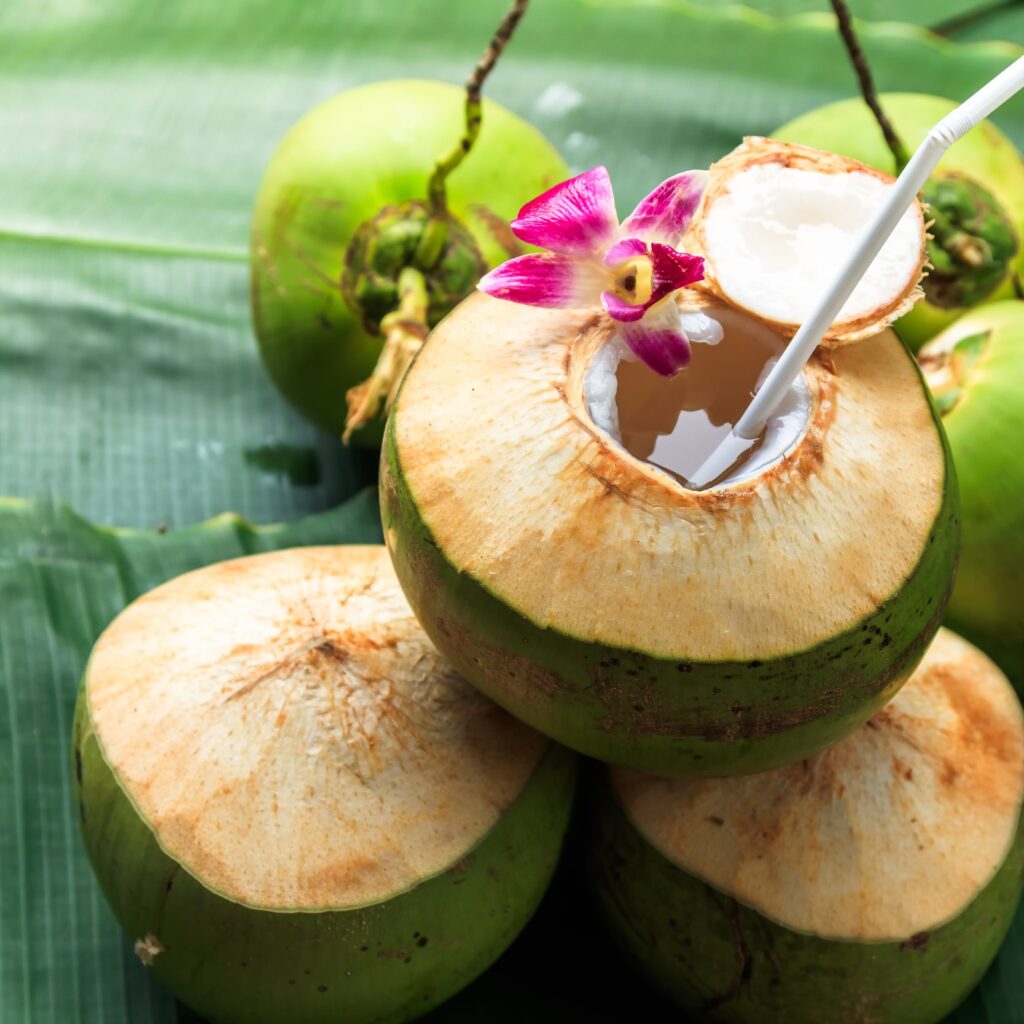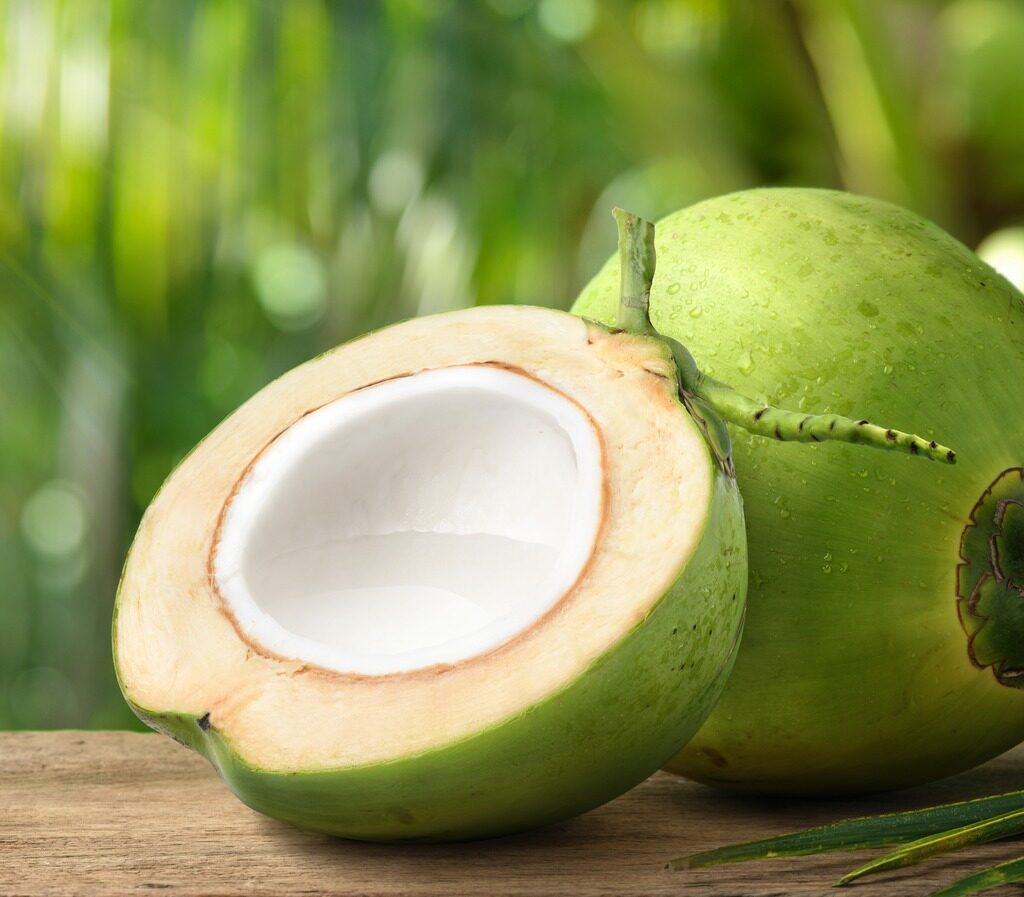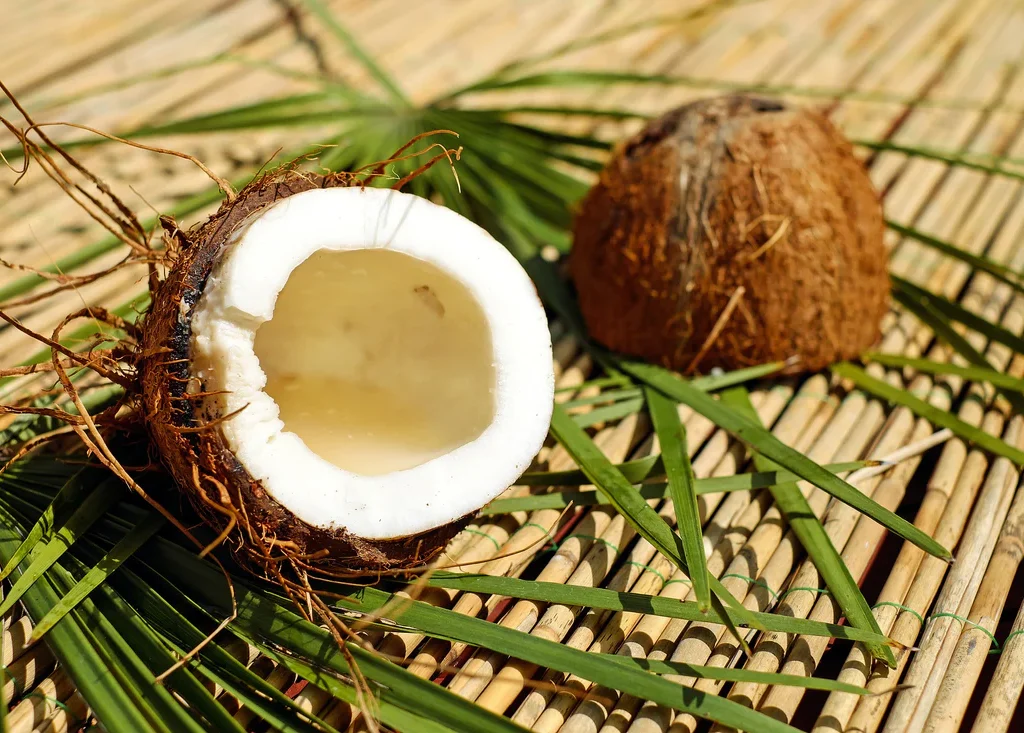Coconuts are one of the world’s most versatile and valuable tropical fruits. From their nutrient-rich water and oil to their use in cosmetics, medicine, and construction, coconuts hold a vital place in economies, cuisines, and cultures across the tropics. While several countries produce this remarkable fruit, one nation stands tall as the most famous and largest producer of coconuts in the world.
In this article, we’ll explore which country is famous for producing the most coconuts, discover how they maintain their global leadership, and examine the impact of coconut farming on their economy and culture.
Global Popularity of Coconuts

The coconut, scientifically known as Cocos nucifera, grows primarily in tropical regions and is prized for its various uses:
- Coconut water — a refreshing, low-calorie drink
- Coconut oil — for cooking, skincare, and haircare
- Coconut milk and cream — key ingredients in many Asian and tropical dishes
- Copra — dried coconut meat used for oil extraction
- Husk and shell — materials for fuel, crafts, and natural fiber products
As global demand for health foods and natural skincare products has surged, so too has the demand for coconuts.
Which Country Produces the Most Coconuts?
Indonesia is currently the largest and most famous coconut producer in the world, followed closely by the Philippines and India.
Key Statistics:
- Indonesia Annual Production: Over 17 million metric tons
- Global Market Share: Approximately 27% of the world’s total coconut production
Indonesia’s vast tropical islands, consistent rainfall, and fertile soils make it the ideal environment for coconut cultivation. Coconuts have long been a staple crop in Indonesian agriculture, playing a significant role in both domestic consumption and export markets.
A Brief History of Coconuts in Indonesia

Coconuts have been cultivated in Indonesia for thousands of years. Indigenous communities across the country’s 17,000 islands have traditionally used every part of the coconut palm — a tree locally referred to as “the tree of life” for its countless uses.
Over time, Indonesia’s coconut industry expanded from subsistence farming to large-scale commercial production, establishing itself as a global leader in coconut products ranging from edible oils to coir mats and beauty products.
Where Are Coconuts Grown in Indonesia?
Coconuts are grown throughout Indonesia, but several provinces lead in large-scale production:
- North Sulawesi
- Riau
- East Java
- West Java
- Lampung
- Aceh
These regions boast favorable tropical climates, with abundant sunshine, high humidity, and nutrient-rich soils.
Why Indonesia Dominates Coconut Production

Several factors contribute to Indonesia’s status as the world’s leading coconut producer:
1. Ideal Climate and Geography
Indonesia’s equatorial climate offers year-round sunshine, regular rainfall, and coastal regions with sandy, loamy soils — all of which are perfect for coconut palms, which thrive in humid, salty air.
2. Vast Land Resources
With millions of hectares dedicated to coconut farming, Indonesia has the largest coconut-growing area globally. Many smallholder farmers cultivate coconuts alongside other tropical crops like bananas, cocoa, and spices.
3. Skilled Traditional Farmers
Coconut farming in Indonesia is deeply rooted in tradition, with techniques passed down through generations. This wealth of farming knowledge ensures the cultivation of high-quality coconuts while preserving biodiversity.
4. Expanding Export Market
Indonesia exports significant quantities of:
- Copra (dried coconut meat)
- Coconut oil
- Desiccated coconut
- Coconut charcoal
- Coconut water
Major international markets include the United States, European Union, China, India, and the Middle East.
Where Does the World Get Its Coconuts?

Besides Indonesia, several other countries play key roles in the global coconut supply chain. According to the Food and Agriculture Organization (FAO), the top coconut-producing countries as of 2024 are:
| Rank | Country | Annual Production (Metric Tons) |
|---|---|---|
| 1 | Indonesia | 17+ million |
| 2 | Philippines | 14.7 million |
| 3 | India | 14.1 million |
| 4 | Sri Lanka | 2.5 million |
| 5 | Brazil | 2.3 million |
Philippines: A Close Competitor
The Philippines ranks second in global coconut production and is renowned for its copra and virgin coconut oil exports. The coconut industry is vital to the Philippine economy, employing millions of farmers across over 3.5 million hectares of plantations.
India: A Domestic Coconut Giant

India is another major coconut producer, with coconuts widely used in Indian cuisine, religious rituals, and traditional medicine. While much of its crop is consumed domestically, India also exports coconut products like coconut oil and desiccated coconut to global markets.
Importance of Coconuts to Indonesia’s Economy
Coconuts are not just a fruit in Indonesia — they are a vital pillar of the rural economy.
Key Contributions:
- Over 5.5 million Indonesians are directly or indirectly dependent on coconut farming.
- Coconuts rank among Indonesia’s top 10 agricultural export products.
- The country exports over 500,000 metric tons of coconut oil and copra annually.
- Growing demand for organic and virgin coconut oil has opened new high-value markets in Europe, the U.S., and Japan.
Additionally, the rise in popularity of coconut water and activated coconut charcoal has boosted export revenues.
Sustainable Coconut Farming Initiatives
To meet international standards and address climate challenges, Indonesia has implemented several sustainability programs, including:
- Organic coconut farming training
- Fairtrade certifications
- Agroforestry and biodiversity preservation
- Empowerment of women farmers in coconut cooperatives
These initiatives ensure that Indonesia’s coconut industry continues to thrive while protecting the environment and local communities.
Fun Facts About Indonesian Coconuts
- Indonesia calls the coconut palm “Pohon Kehidupan”, or the “tree of life”.
- The country hosts international coconut conferences and research programs annually.
- Indonesian coconut dishes like soto betawi and nasi uduk rely heavily on coconut milk.
- Coconut charcoal from Indonesia is prized for eco-friendly hookah and grilling markets worldwide.
Conclusion
Without a doubt, Indonesia is the most famous and largest coconut-producing country in the world. Thanks to its perfect tropical climate, extensive land resources, skilled farmers, and well-established export infrastructure, Indonesia maintains its leadership in both fresh coconuts and value-added coconut products.
As global demand for natural, sustainable, and plant-based products grows, Indonesia’s influence in the international coconut market is set to increase even further — making it a country every coconut lover and global food enthusiast should know about.




Leave A Comment